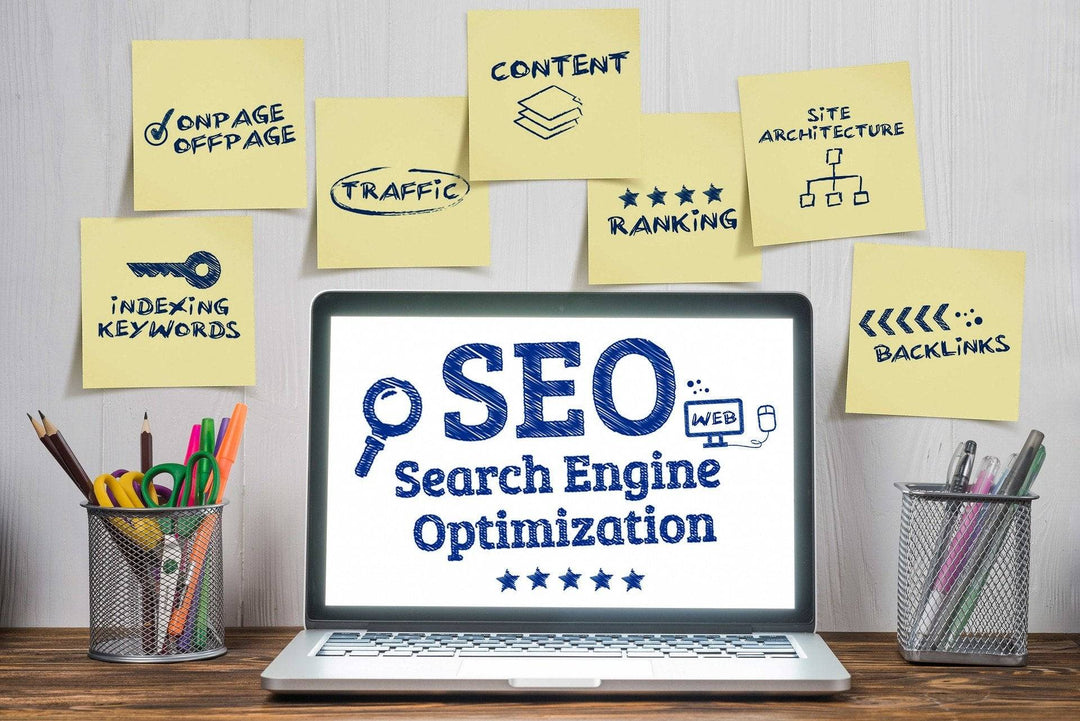In the increasingly competitive landscape of eCommerce, ensuring that your Shopify store stands out is crucial for driving traffic and increasing sales. Implementing effective Search Engine Optimization (SEO) practices can significantly enhance your visibility and attract more potential customers to your store. This guide will explore key SEO techniques specifically tailored for Shopify stores that can elevate your business to new heights.
Understanding SEO in the Context of eCommerce
SEO, or Search Engine Optimization, refers to the strategic process of enhancing your website to rank higher in search engine results pages (SERPs). For businesses operating on Shopify, mastering eCommerce SEO services can be a game-changer. Not only does improved SEO contribute to better visibility, but it also fosters trust and credibility with your audience.
Why SEO is Vital for Your Shopify Store
With millions of eCommerce sites vying for attention, having a well-optimized online store is essential for several reasons:
- Increased Visibility: The higher you rank in search results, the more likely potential customers will find your store.
- Higher Conversion Rates: Better visibility often translates to increased traffic, which can lead to more sales.
- Cost-Effective Marketing: Effective SEO can reduce reliance on paid advertising, leading to better profit margins.
- Improved User Experience: Good SEO practices enhance navigation and content organization, leading to happier customers.
On-Page SEO Best Practices for Shopify
On-page SEO focuses on optimizing the elements within your Shopify store to improve rankings. Here are some essential on-page techniques to consider:
Optimizing Page Titles and Meta Descriptions
Your page title and meta description serve as the first point of contact for potential visitors. A compelling title that includes relevant keywords can significantly boost your click-through rate (CTR). Keep it concise and engaging.
- Page Title: Aim for a length of 50-60 characters, incorporating primary keywords relevant to your products.
- Meta Description: This should be around 150-160 characters, providing a brief overview of your page content and including a call to action.
Utilizing Header Tags Appropriately
Header tags (H1, H2, H3, etc.) not only help structure your content but also signal to search engines what your page is about. Use the H1 tag for your main title, and utilize H2 and H3 for subheadings to create a hierarchy of information.
Creating SEO-Friendly URLs
Clean, descriptive URLs are another key aspect of on-page SEO. Ensure that your URLs accurately reflect your product or page contents. For example, instead of using a generic URL like www.yourstore.com/product123, use www.yourstore.com/blue-women-dress. This enhances both usability and SEO.
Optimizing Product Pages
Your product pages are valuable real estate for SEO. Here’s how to optimize them for better search visibility:
High-Quality Product Descriptions
Avoid duplicating manufacturer descriptions; unique, informative product descriptions can greatly improve your SEO. Incorporate relevant keywords naturally, and ensure that the descriptions are persuasive and helpful.
Utilizing Images Wisely
Images play a vital role in eCommerce. It's essential to use high-quality photos and implement alt text. Alt text is used to describe the image to search engines and improve accessibility, contributing to better SEO outcomes.
Implementing User Review Systems
Encourage customer reviews on your product pages. User-generated content is highly valued by search engines and can enhance your site’s credibility. Moreover, reviews provide fresh content, which search engines appreciate for ranking.
Technical SEO Considerations for Shopify Stores
Technical SEO refers to optimizing your website's infrastructure. Here are critical elements to focus on:

Mobile Optimization
With a significant amount of shopping being done on mobile devices, ensuring your Shopify store is mobile-friendly is crucial. Shopify themes are generally optimized for mobile; however, regularly check your site's performance across devices.
Improving Page Speed
Site speed is a ranking factor used by Google. Tools like Google PageSpeed Insights can help identify areas needing improvement. Optimize images, minimize redirects, and leverage browser caching to improve load times.
Creating an XML Sitemap
An XML sitemap allows search engines to understand your website structure and find content more easily. Shopify automatically generates a sitemap that can typically be found at www.yourstore.com/sitemap.xml.
Link Building Strategies to Elevate Your Shopify Store
Building quality backlinks is essential for improving your store's authority. Here are some effective strategies:
Guest Blogging
Engage in guest blogging on websites relevant to your niche. This can help you reach a broader audience and secure valuable backlinks to your Shopify store, enhancing your SEO efforts.
Engaging on Social Media
Sharing your products and content on social media platforms can drive traffic and engagement. Social signals can indirectly influence SEO by increasing visibility and awareness of your brand.
Partnering with Influencers
Collaborate with influencers relevant to your niche. Their endorsement can generate quality links and attract new audiences to your store, further enhancing your SEO strategy.
Staying Updated with Shopify News
The eCommerce landscape is ever-evolving, and staying updated with Shopify news can provide insights into new features and tools that could benefit your SEO efforts. Regular updates to your Shopify store can help you stay ahead of the competition and embrace beneficial changes that can boost visibility.
Using SEO Apps and Tools
Shopify offers various apps designed to improve SEO. Consider integrating tools like Plug in SEO, SEO Manager, or Smart SEO. These apps can guide you in optimizing your store effectively and monitoring performance.
Tracking and Analyzing Your SEO Performance
Setting up Google Analytics and Google Search Console for your Shopify store is necessary to track performance. Access data on traffic sources, user behavior, and conversion rates to understand how your SEO strategies are performing and where improvements are needed.
Metrics to Monitor
- Organic Traffic: Measure the number of visitors coming from search engines.
- Keyword Rankings: Track where your pages rank for targeted keywords.
- Click-Through Rate (CTR): Analyze the percentage of users clicking on your store's link in search results.
- Conversion Rate: Evaluate how many visitors are making purchases or completing desired actions.
Your Roadmap to SEO Dominance
Implementing these SEO best practices for your Shopify store requires time and consistency. When executed properly, these strategies will yield results, enhancing your visibility and driving organic traffic. Remember, SEO is not a one-and-done effort; it requires ongoing attention and adaptation as search engine algorithms evolve.
Boosting your store's visibility does not have to be overwhelming. By focusing on the foundational aspects of SEO and leveraging the right tools, you can help your Shopify store flourish in an ever-changing digital marketplace. Stay committed, measure your success, and keep informed about the latest developments in eCommerce, and you'll be well on your way to dominating your niche.






Leave a comment